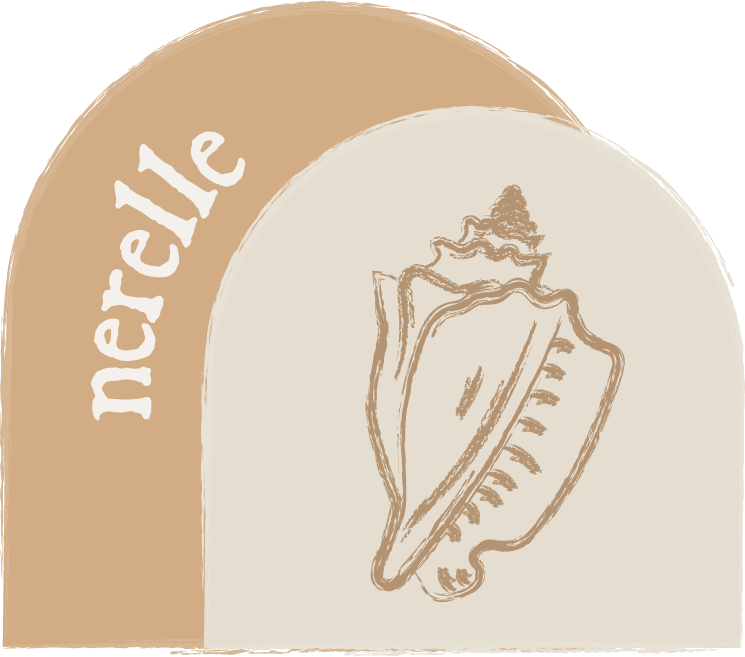A good friend of mine introduced the craft of tie-dying to me 2 years ago, and since then I’ve only tried it twice. I don’t know why I haven’t been doing it more often, because I loved it.
Yesterday, I felt inspired to DIY a natural dye with things that I had at home. I’m still in the process of collecting onion skins, beets, and avocado pits, so for today, I decided to try dyeing with organic turmeric powder, which I already had at home.
Natural Dye vs. Synthetic Dye
We live in a colorful world, and if you look hard enough you can find every color of the rainbow in nature.
Natural dyes were used as far back as 2600 BC and colors varied by region and resources. Lichens, roses, beets, turmeric, and so much more. Natural dyes are safe and are easy to do!
Today, synthetic dyes make up over 90% of textiles produced for sale. The resulting wastewater is extremely toxic and the environmental impact is hazardous. Not only that, but production of textiles using synthetic dyes is often dangerous for people and can end up in rivers and oceans.
As people are becoming more aware of the effects of synthetic dyes, the craft of creating natural dyes is sparking interest in those looking for more sustainable fashion.
DID YOU KNOW?
The color yellow is the easiest color to create using natural dyes. It is the most common color to be produced from nature. And ironically, though abundant in nature, Green is the hardest color to produce from plants?
DID YOU ALSO KNOW?
Synthetic dye was accidentally invented by a 15-year old English chemist by the name of William Henry Perkin? He was trying to find a synthetic cure for malaria using coal tar, and realized he had created a purple-ish color he called mauveine (today known as mauve).


What You’ll Need:
- Turmeric powder
- Vinegar
- Water
- Large bowl
- Two large pots (avoid ceramic as it will stain)
- Tongs
- String
- Never dyed fabric (pre-washed)
- Recommended: gloves
How I Did It:
Pour 8 cups of water and 2 cups of vinegar into a large pot and boil. Carefully place your fabric inside the pot, making sure to get full coverage. Set to simmer for 1 hour. The vinegar mixed with water will allow the dye to adhere better to the fabric.
In the other pot, boil ½ cup of turmeric powder and 8 cups of water. Stir the turmeric powder once boiled to make sure the turmeric is dissolved. Leave to simmer for 30 minutes.
Use tongs to remove the material from the pot and transfer to a large bowl. Because it was very hot and the soaked material was heavy, I did this outside so I could stand over the pot.
Rinse the material in lukewarm water to get rid of some of the acrid vinegar smell.
Once you’re done with boiling the turmeric, now comes the fun part – the dying!
You can choose to place the entire fabric into the turmeric dye (while still hot) and leave for 5 minutes. For a more vibrant color, leave in for longer. For a more muted color, leave in for only a little bit. I had one large piece of fabric that measured about 40”x30″ and four smaller pieces that measured about 16”x12”. I did a full dye on the large fabric, and for the smaller pieces, I used shibori dying techniques.


















0 Comments